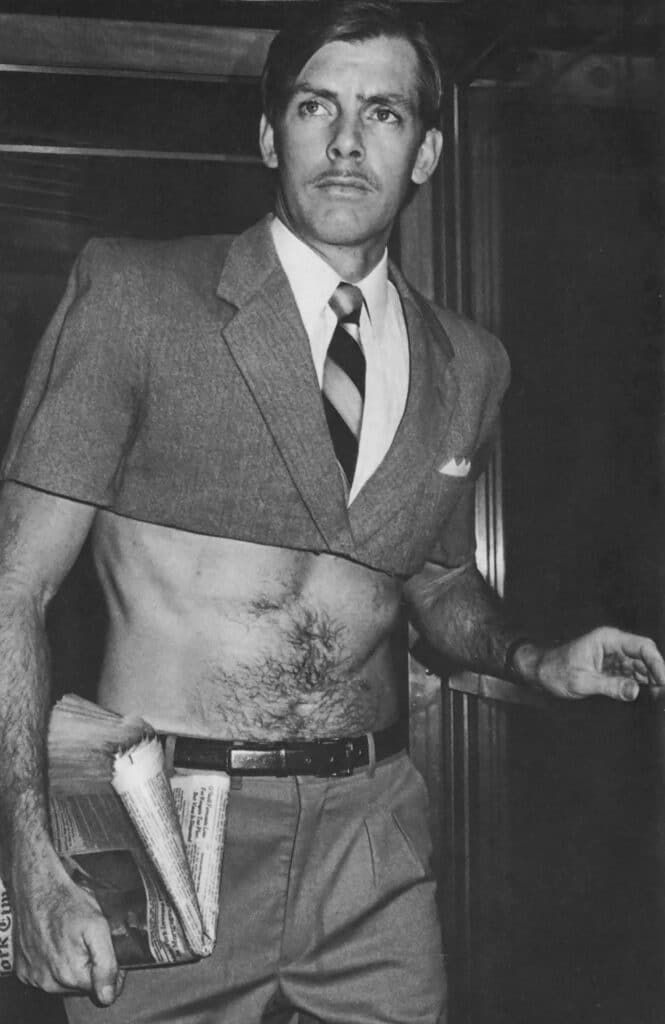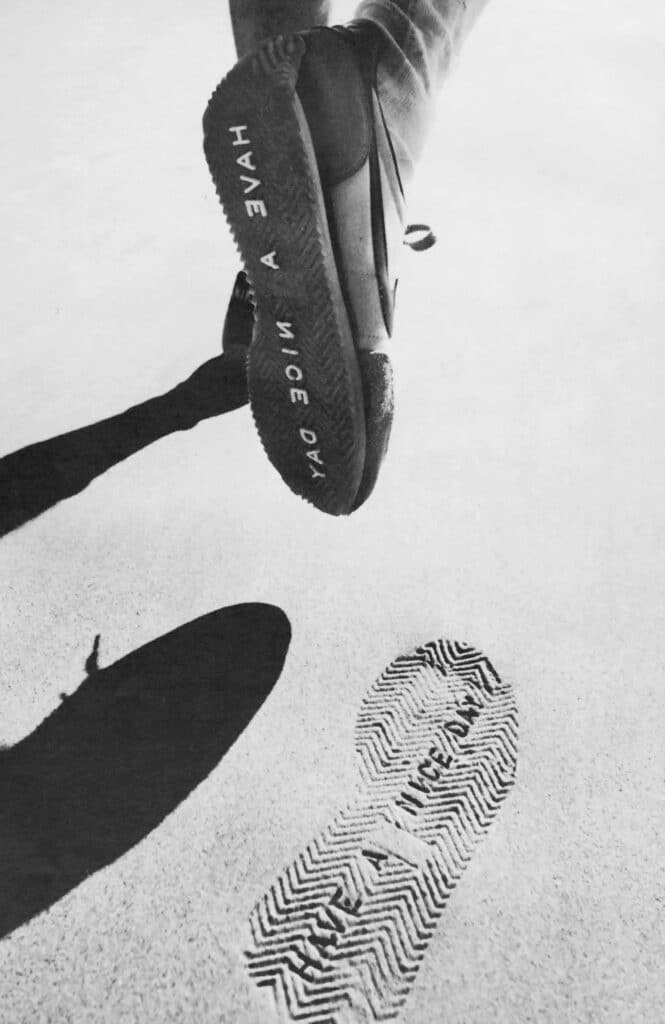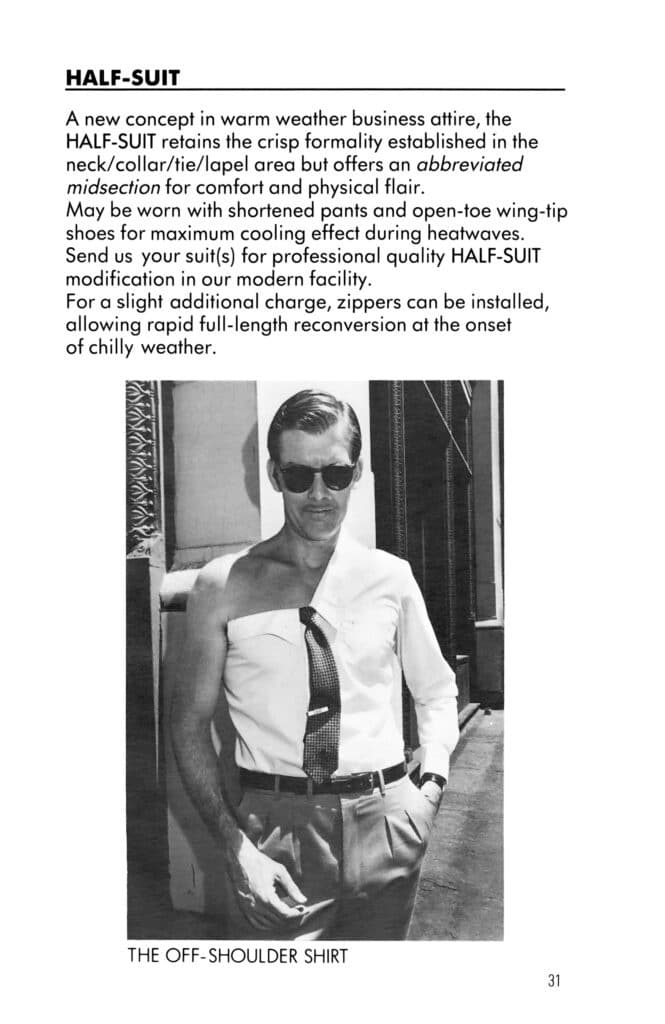In their relentless pursuit of happiness, Americans have developed a taste for novelty: for the spectacle of the new, the impossible manifest, the endless cycle of hype and fad designed to inflame the insatiable desire to own and consume.
By the 1980s, the nation’s passion for catalogue shopping had ascended to new heights, simultaneously fulfilling the role of social media boutiques, online shopping, and 24-hour cable shopping networks. As yuppies emerged as the dominant economic force, “I shop therefore I am” became the battle cry of Boomer culture run amok.
In 1982, artist Pippa Garner published Better Living Catalog, brilliantly satirizing a national obsession with junk wrapped in the shiny packaging of novelty, play, and cleverness. From the “Reactiononometer,” a portable wristband that instantly measured social success to “Digital Diet Loafers” displaying the wearer’s weight with every step, Garner was forecasting various and sundry Black Mirror episodes.
And the culture responded as it so often does: with media support that popularized the book resulting in Garner’s “High Heel Skates” appearing unattributed in the runway collection of a major luxury fashion brand. Quel surprise!
The Next Big Thing
Born Phillip Garner in 1942 in Evanston, Illinois, Garner came of age during the postwar era of American life, just as the corporations began introducing the myth of the perfect middle class. With the explosion of visual media like television and picture magazines, advertisers elevated consumer archetypes to the popular culture pantheon with the added bonus of making their products accessible for purchase.
“The term ‘consumerism’ was born in the 1950s,” says Garner. “Suddenly stores had sign with chrome surfaces and all these fancy products, and people got addicted to that. The competition between these companies grew and they started outdoing each other so everybody had to get the next big thing so what was popular in consumer goods in one year was dated the next. All those things ended up in thrift shops and that’s where I started seeing the absurdity.”
Garner repurposed the odd bits of cultural detritus that caught her eye, beautifully crafting a cheeky commentary on the status quo with Dadaist products that flip the notion of form follows function. Here, in Garner’s world, it’s much more about the importance of creation itself.
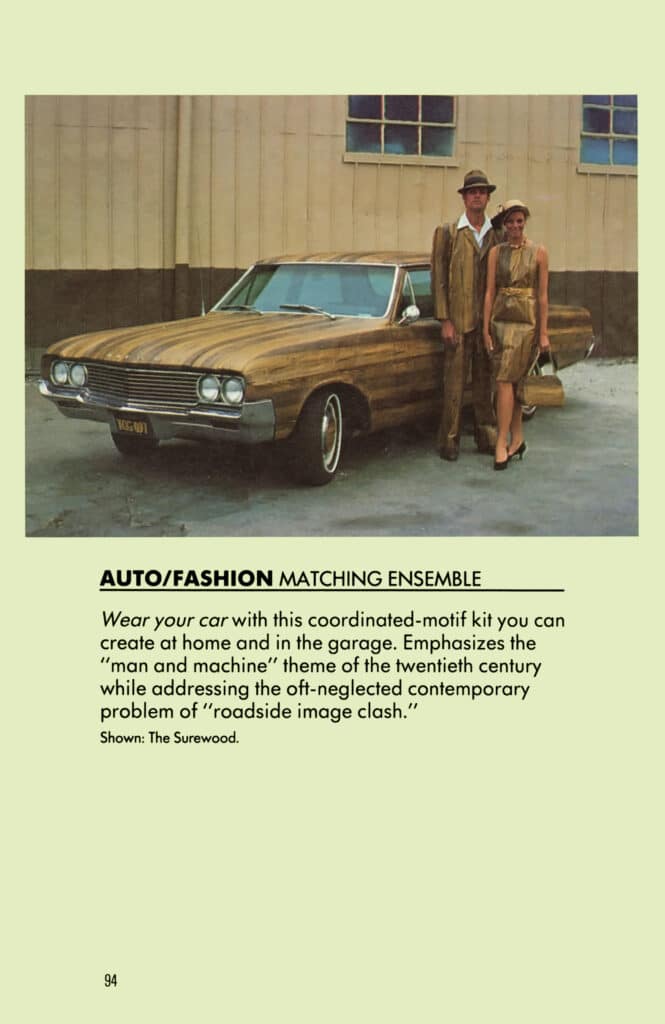
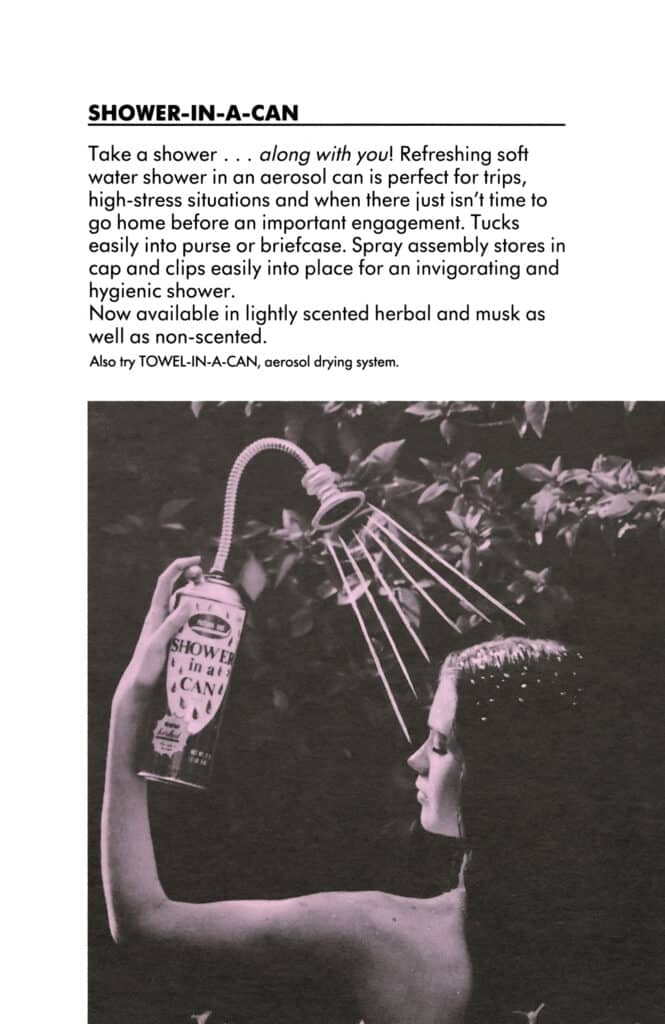
“I never thought of myself as creating a body of work, or even as an artist. It was just the impulse to do this stuff. I thought, here’s this raw material flooding in and I was amusing myself with it,” Garner says.
“I was functioning like a folk artist. I would get an urge to do something and then go on to something else. I didn’t ever think past that. When I started to get involved with the art world authority in the late ‘70s, I was an outcast because my work ended up in magazines. If you had anything commercial that disqualified you as an artist, it was absolutely separated. In the late ‘90s, early 2000s, it somehow went the other way, where it became cool to be able to do both.”
Daring and Self Aware
In 1966, Pippa Garner landed in Vietnam, another American drafted to the frontlines of a brutal war that slogged on for another decade before ending in defeat. Just 21 years old, Garner spent 13 months working as a US Army Combat Artist, making sketches, illustrations, and paintings of the conflict for the annals of history. This little-known role was established by the U.S. Army during the First World War, as part of the U.S. Army Combat Art Program, dedicated to “creating works of art documenting its wartime and peacetime commitments”.
Although Garner had been enrolled at the Art Center in Los Angeles when she was drafted, her time in the Army sharpened her skills. She purchased a camera on a trip to Japan and took up photography.
“Being in the Army for two years, I thought it was my life and when you get out, you’re ready to go,” she says. “All of a sudden, you want to make up for lost time. I felt like a machine: do this work, put it out there, and then I’m done.”
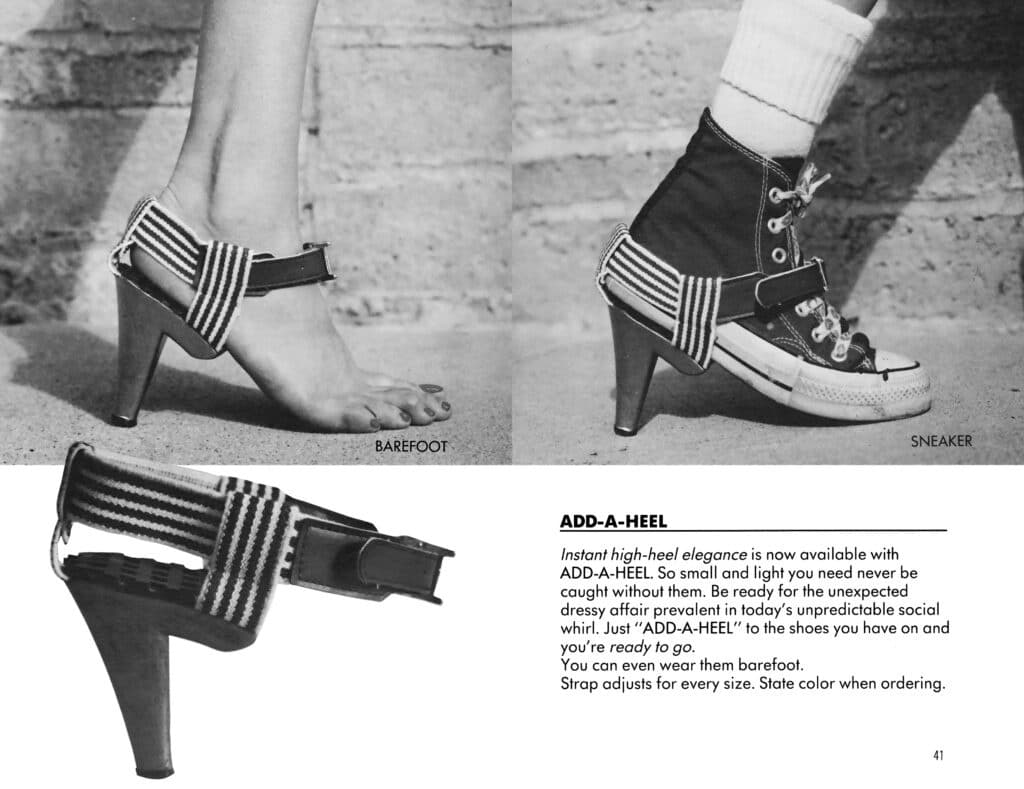
Today Garner battles leukemia resulting from exposure to Agent Orange during her service. “I don’t think I’m gonna be a citizen of the world much longer,” says Garner, who is soldiering through treatments with perfect clarity. Now 81, she’s here not just to share the classics but to continue to create.
Garner points to her T-shirt project, which began in 2010 and continues to this day despite losing vision in her left eye to advanced glaucoma. “I lost the ability to draw because of the eye strain, so I started using another amazing resource, eBay which allowed me to poke into the closets of everyone in America online,” she says.
The T-shirt, made famous in the 1950s by silver screen stars James Dean and Marlon Brando, is the perfect canvas for Garner’s art — both the creation of the shirts themselves and the dissemination of photographs of them to spark conversation.
“They’re usually popular and they’re always events,” Garner says. “And I keep doing them. You get this feeling after you finish your work. At first you feel good, then there’s this sort of, what, where am I? What am I doing? And another idea pops into my head.”
And the will to create becomes a force that compels Garner to soldier forth despite it all. She works during the quiet hours of the night when the worst has passed, using these moments of peace to bring a new idea to life.
“I’ll send you my most recent midnight inspiration,” she says. Garner texts a photo wearing a black t-shirt that announces the possibility of a “Sexual-Orientation Sampler Gummies” with five flavors: green (les), blue (gay), red (bi), purple (trans) and yellow (str8). “Lasts an hour (appx),” the shirt promises, invitingly.
It’s exactly what the world needs now: art for the people that is equal parts absurd, daring, and self-aware, and willing to stand in it.
Better Living Catalog is published by Primary Information, $20
Photo Credit
Courtesy of Primary Information and Pippa Garner.

